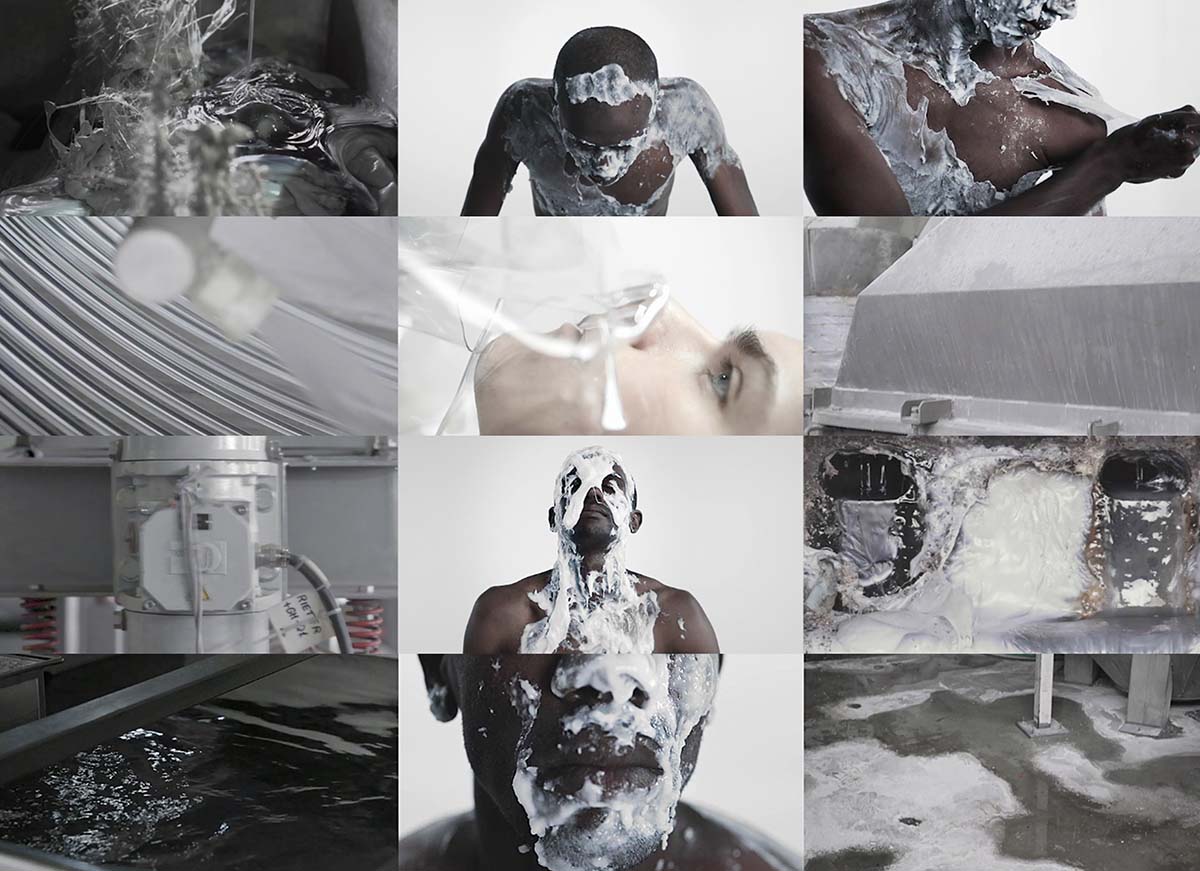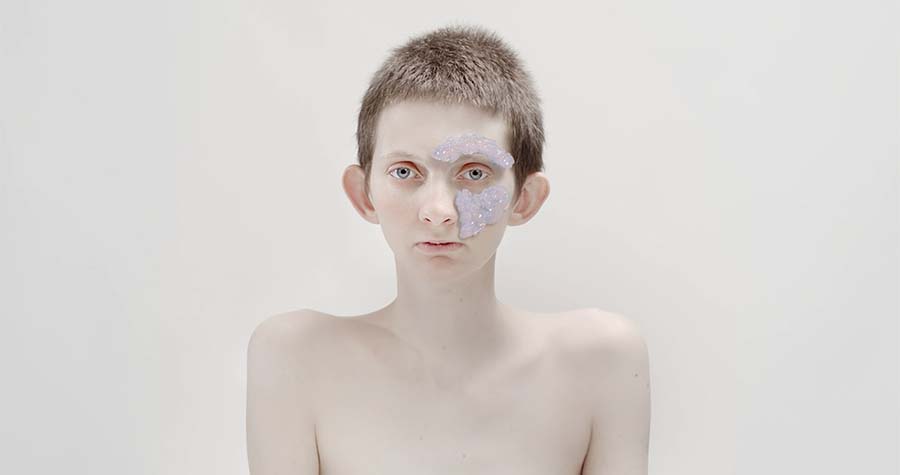CICA Museum, 3-A Gallery
November 1 – 5, 2023
2023.11.01 – 05
MUTATING BABE
From the project “Where is my plastic bag?” – Three-channel video, 5 min, 2019
The multimedia and interdisciplinary exhibition project “Mutating babe” by Lilia Li-Mi-Yan and Katherina Sadovsky emerged at the intersection of contemporary art, social ecology, scientific discoveries in biopolymer chemistry, and the production base for plastic recycling. The exhibition at CICA Museum includes two works by artists united by the theme of ecology and the future – “Where is my plastic bag?” and “A000000000001000AA011”. For several years, the artists have been concerned with ecology broadly, from the ecology of environment and resources to the ecology of social environment and consciousness, from Bruno Latour’s “symmetrical anthropology” to Tim Morton’s “dark ecology.” In their research, thinking about what is happening in reality and what awaits humanity in the not-too-distant future is closely linked to activism and the search for new artistic solutions. In turn, the solutions found serve to educate and agitate. New ethics is always looking for new aesthetic possibilities.
In an unexpected way, the project “Where is my plastic bag?” (2018-2020) united seemingly incompatible spaces and problems: museum and factory, museum and closed recycling cycle, garbage, and museum masterpiece. The objects resulting from the artists’ processing of the plastic waste collected in the Pushkin Museum (Moscow) look simultaneously like works of art and living “organs without bodies,” to use philosopher Rosi Braidotti’s notion. They simultaneously frighten and fascinate with unprecedented shapes and perspectives. On the contrary, transparent sarcophagus sculptures refer the viewer to the distant past, giving the biowaste, the remains of dead animals, the status of works of art, and eternal life.
The production process filmed at Moscow’s Plarus plastic recycling plant features unexpected characters that unrecognizably transform the pragmatics of real space. At the same time, a series of videos from the project “A000000000001000AA011” (2020-2021) forces the viewer to try on the fantastical appearance of the posthuman. “In this project,” the artists say, “we explore the possibilities of other forms of human existence. What would happen if we had a new body created by new technologies, materials, and bacteria? Would we be eternal, and would we remain human? We worry about what will happen to the emotions of the new human, the posthuman, the cyborg. Will we be able to refuse to reproduce ourselves? Brain mapping and emulation capabilities will allow new humans to be eternal as a neural network in digital reality. However, despite advances in medicine and biotechnology, perhaps emotionally, we are still locked in a capsule of ancestors who first killed for food and then for entertainment.”
The question of the boundaries of the human and the non-human has long seemed no longer a moot point for contemporary philosophers and sociologists, like the question of whether humans, being part of their system, can control the whole or whether a virus, being part of the human system, can destroy it. Was there a New Age, and what might another Enlightenment look like that would not bring a unique planet to the brink of ecological disaster. Humans cannot plan for the future without recognizing the equality of human and non-human agents: subjects, objects, and hyper-objects. This is no longer a fantasy but an urgent requirement of the times.

